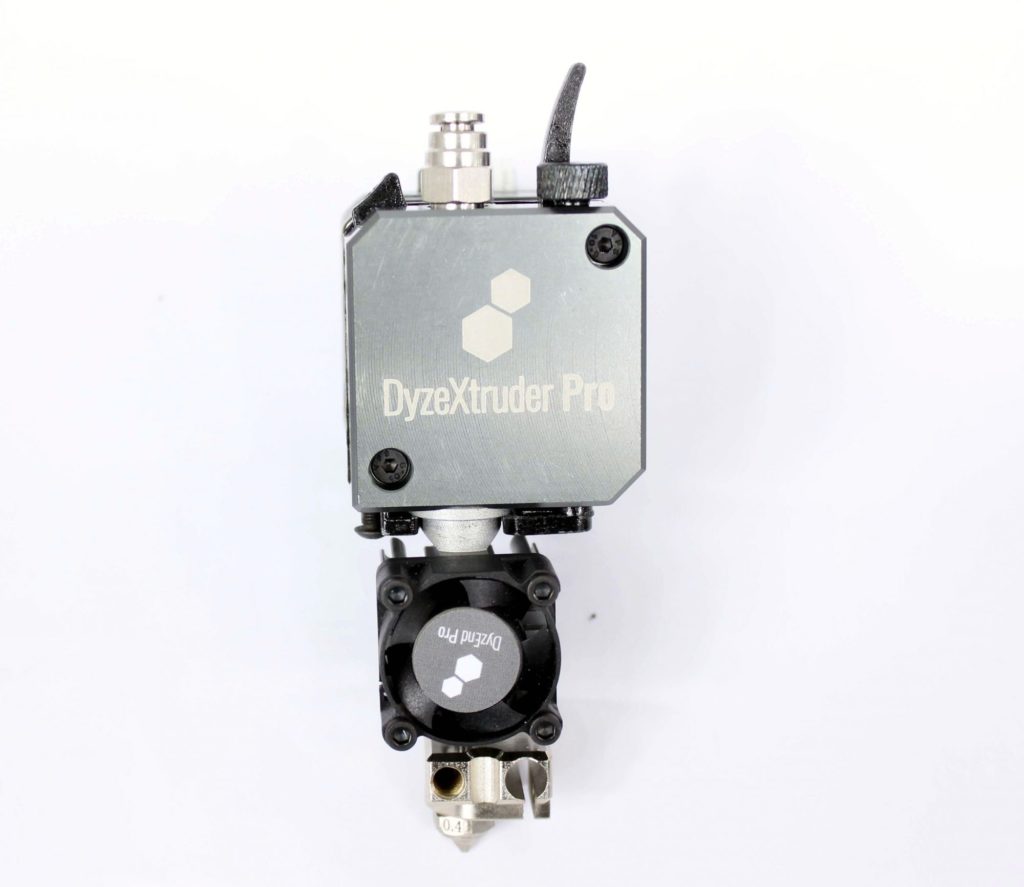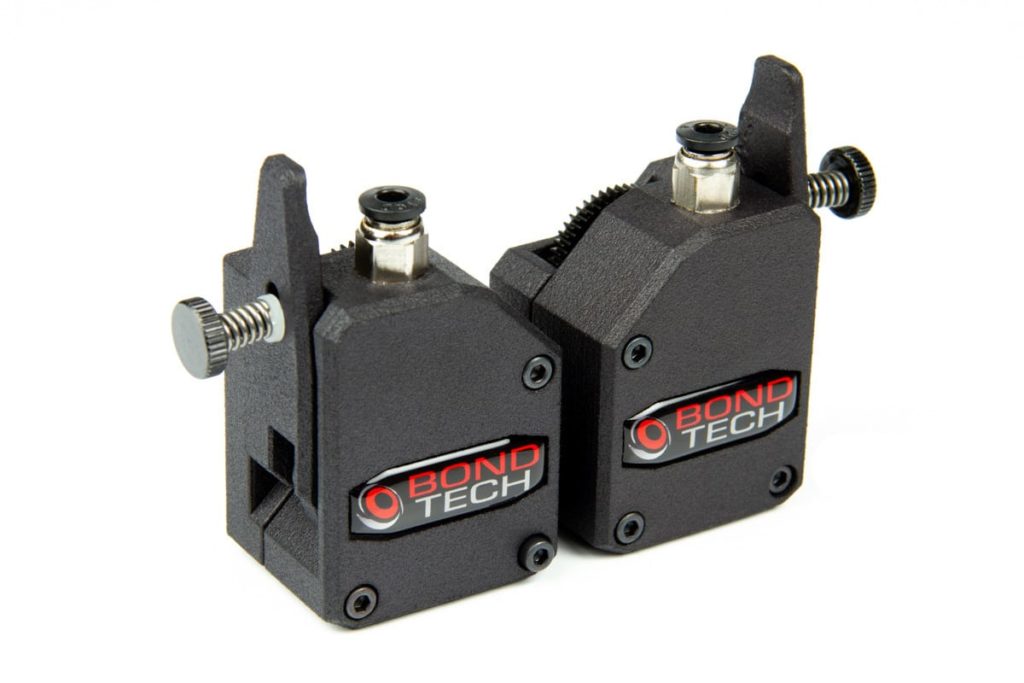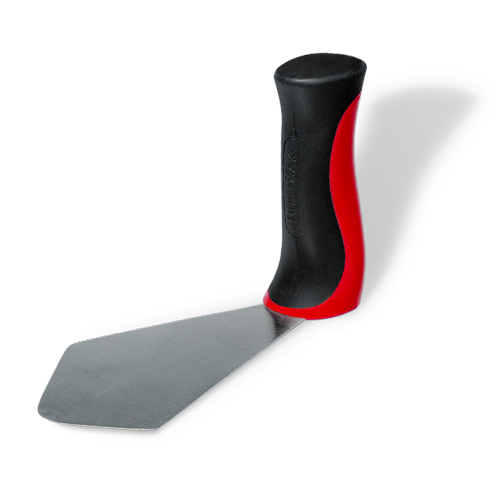From the heady days of RepRap to today’s $200 printers, hundreds of firms have tried to develop and sell 3D printers. Hundreds more have resold 3D printers or made filament. Comparatively little entrepreneurial attention has been paid to the 3D printing aftermarket, however. Why has so little effort gone into the 3D printing aftermarket? What is happening and what are the opportunities?
Replacement Parts
There are many vendors offering nozzles and other replacement parts on AliBaba and other platforms. It wasn’t easy to find suppliers who could scale in the production of the brass nozzles initially used by desktop printers. There were, however, very many job shops and manufacturers who had the right turning and milling equipment to make our butter-soft printing nozzles and heads at low volume.
This meant that companies in the midst of insane hyper-scaling, such as Ultimaker, Prusa, and Makerbot, could discover suppliers at first, but encountered challenges finding companies that could serve them when they were doing hundreds or thousands of units. These firms and others, therefore, focused on expanding while developing new printers. The fastest-growing OEMs were forgetting about the consumables and spare parts businesses or pricing hot ends inordinately high to reflect annoyances in their supply chain. This gave a lot of firms air to enter the market. This led to a somewhat fragmented market with lots of casual entrants but few giants. In the straight-up replacement business, few have been able to make serious money or serious brands.
One-Stop Shop
The most beautiful business in the world was mendel-parts.com. It was started by an idealistic engineer who wanted to make 3D printer vitamins and all ancillary needs commonplace and inexpensive. RepRapSource and other firms were also begun close to the community and far from business plans. Both sites and many more similar ones are not operating at the moment.
These sites offered all the parts you needed for your printers. So far, however, resellers and new lower-priced replacement parts by OEMs or Alibaba suppliers have eaten away at the once central pure-play replacement parts companies. The online retailers that offered all your consumables and electronics have mostly been supplanted now. Whereas one could perhaps assume that it would be reasonably doable to start a Sparkfun-like parts business, these opportunities have so far been elusive. One would think that there would be enormous value to a “Volkswagen” of 3D printing consumables and replacement parts, but no one has cracked the formula for this yet.
Value-Added Engineering and Broad Offering

One firm that has cracked the secret code in succeeding in spare parts is E3D. It has to be more than gummy bears (included with E3D shipments to customers) that has gotten the U.K.-based company this far. Although market research has shown that sending gummy bears along with your products is a reliable indicator for success in 3D printing.
Bizarrely situated in Isle of Wight and started by teachers, E3D is an uncommon business, suited perfectly to an uncommon industry. It started much like other hot end turning companies ,but soon, uniquely began to design its own hot ends and nozzles. The chicken shack cooped up team quickly wowed the community by value-added designs that outperformed the equipment that came with their printers. It is quite insane really that firms making millions in revenue can be outperformed by three guys in a shed making the one critical part of their devices.
E3D consolidated its lead later with the much-copied and much-shipped all-metal V6 nozzle that it also started selling directly to OEMs, most notably Prusa. The firm then expanded its lineup to become a much broader retailer of filaments, extruders, hot ends, electronics, and spare parts.

E3D Volcano Nozzle
Whereas the one-stop shop companies replicated existing parts and sold them, E3D designs, innovates, and engineers complex assemblies and makes them well. The company is almost universally recommended by people in the community; people appreciate their customer service and think that they provide good value for money. We are so often focusing on vision and innovation in 3D printing that we forget that the former is the desire of the bear wanting to ride a bicycle, and the later is the bear being the first to ride a bicycle. Nowhere in that lineup is the critical skill of learning and working hard at improving yourself. Yet, in business life, it is continuous improvement, the ability to roll with the punches, and the gumption to stay ahead that lets some win against others. It is this that E3D has in spades. Talent, energy, and high likability have engendered their success, but is it a unique business, or is there room for more competition?
Value-Added Engineering One Part

Dyze Design’s Pro Hot End and extruder.
Some firms have tried to ski in E3D’s wake with the Olsson Nozzle and Bondtech, both being examples of designs and innovations that were nurtured by the community. Easy to replace nozzles, better performance with abrasive materials, and the ability to print flexible materials were some of the biggest challenges in 3D printing.
With the OEMs focussed on getting kit out of the door, the day-to-day issues of printing were ignored. Especially with power users: nozzle switching or clogs was a pain. Increased wear from metal filled and Glass Fiber/Carbon Fiber-filled materials making a nozzle last one spool and Bowden setups with TPU desires were limiting the community as well.
Solutions that went further than any one user could, and often did, used manufacturing access that users could not easily find to be successful. So far, these firms have stuck close to their initial products and have not managed to repeat the volume or broader success as E3D has. A newer generation of firms such as the Canadian Dyze Design is making performance-oriented complex extrusion units for manufacturing, nozzles for high-wear applications, and high-temperature nozzles for an emerging high-temperature market. Dyze is focused not on the desktop per se but much more on industrial manufacturing using FDM.

Bondtech BMG Extruder
New Consumables

BuildTak’s Spatula removal tool is an example of it product extension.
My favorite 3D printing business is that one person selling PEI sheets on Amazon. We knew PEI sheets worked; after all, people using Stratasys equipment had been using them for a while already, but no one spotted the opportunity. People had success in printing on desktop FDM with PEI sheets, but no one wanted to or could buy a whole roll. One person did and I just want to hug them and, COVID permitting, get the MTV Cribs tour of their house.
I remember thinking if I should maybe also buy a roll of PEI and then cut build platform sized sheets out of it. Quick: try come up with a simpler business as cutting something to size and selling it? I decided against it, after all, it wouldn’t be a defensible business, and surely everyone would do it sooner or later. Years later, I was wrong. Sometimes other people not finding your business interesting enough is just the “moat” that you need. Buildtak is an example of a firm that went further and solved a key issue in desktop FDM, bed adhesion through their own sheets. Whereas BuildTak is successful, it is again comparatively limited, although it has moved into flex plates and other products.
New Opportunities
There are new potential opportunities on the horizon, and flexplates or other build platforms are among them. OEMs are innovating here in offering different glass or coatings at the moment, but no one has yet to offer a set of plates that give you optimal adhesion. Premium cooling solutions are becoming a part of some offerings but could have more potential. I’ve long believed that a 3D printing toolkit with the right pliers, screwdrivers, and scrapers could be a wonderful product and they are emerging.
With the current SLA boom, new opportunities in direct-to-consumer SLA resins will also offer opportunities for a select few who know what they’re dong. Specialist value-added resellers that customize 3D printers for production is also something I believe in but see scarce evidence of. There are a number of specialized resellers for education and people that have tried to customize their offerings for a particular vertical; this still has substantial unmet potential. On the whole the quixotic approach by E3D seems to be the one that works with a combination of innovation, execution in business, and being likable lets them rule the 3D printing aftermarket.
Subscribe to Our Email Newsletter
Stay up-to-date on all the latest news from the 3D printing industry and receive information and offers from third party vendors.
You May Also Like
Precision at the Microscale: UK Researchers Advance Medical Devices with BMF’s 3D Printing Tech
University of Nottingham researchers are using Boston Micro Fabrication‘s (BMF) 3D printing technology to develop medical devices that improve compatibility with human tissue. Funded by a UK grant, this project...
3D Printing Webinar and Event Roundup: April 21, 2024
It’s another busy week of webinars and events, starting with Hannover Messe in Germany and continuing with Metalcasting Congress, Chinaplas, TechBlick’s Innovation Festival, and more. Stratasys continues its advanced training...
3D Printing Webinar and Event Roundup: March 17, 2024
It’s another busy week of webinars and events, including SALMED 2024 and AM Forum in Berlin. Stratasys continues its in-person training and is offering two webinars, ASTM is holding a...
3D Printed Micro Antenna is 15% Smaller and 6X Lighter
Horizon Microtechnologies has achieved success in creating a high-frequency D-Band horn antenna through micro 3D printing. However, this achievement did not rely solely on 3D printing; it involved a combination...





























